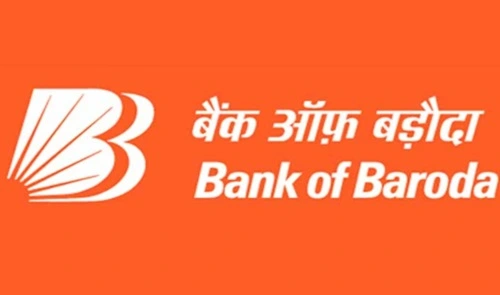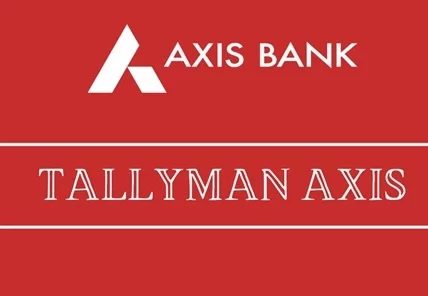Bank of Baroda (BoB), founded in 1908, stands as one of India’s premier public sector banks, renowned for its extensive network and comprehensive range of financial services. Conducting a SWOT analysis—assessing strengths, weaknesses, opportunities, and threats—provides valuable insights into BoB’s current position and future prospects as of January 2025.
Strengths
1. Extensive Branch Network: BoB boasts a vast domestic presence with approximately 8,243 branches across India and a significant international footprint, operating 91 overseas branches and offices in 17 countries.
2. Robust Financial Performance: In Q2FY25, BoB reported a net profit of ₹5,238 crore, marking a 23.2% year-over-year increase. The return on assets (ROA) stood at 1.30%, and the return on equity (ROE) at 19.22%, reflecting strong profitability.
3. Diverse Product Portfolio: The bank offers a comprehensive suite of financial products and services, including retail loans, corporate banking, wealth management, and digital banking solutions, catering to a wide customer base.
4. Improved Asset Quality: BoB’s asset quality has seen significant improvement, with the Gross NPA ratio reducing to 2.50% in Q2FY25 from 3.32% in Q2FY24, and the Net NPA ratio declining to 0.60% from 0.76% in the same period.
5. Technological Advancements: The bank has embraced digital transformation, offering a range of online banking services and mobile applications, enhancing customer experience and operational efficiency.

Weaknesses
1. High Non-Performing Assets (NPAs): Despite improvements, the absolute value of Gross NPAs remains substantial at ₹28,551 crore as of Q2FY25, posing challenges to profitability.
2. Dependence on Interest Income: A significant portion of BoB’s revenue is derived from interest income, making it susceptible to fluctuations in interest rates and credit demand.
3. Customer Service Challenges: There have been reports indicating issues such as slow response times and technical glitches, which can impact customer satisfaction and loyalty.
4. Limited Presence in Certain International Markets: Compared to some competitors, BoB’s international presence is relatively limited, potentially restricting its global market reach.
Opportunities
1. Digital Banking Expansion: With India’s digital banking sector expected to grow significantly, BoB can leverage its technological advancements to capture a larger market share.
2. Financial Inclusion Initiatives: Expanding services in rural and underserved areas aligns with government initiatives and can tap into a vast customer base, enhancing financial inclusion.
3. Collaborations with Fintech Companies: Partnerships with fintech firms can enhance service offerings, improve customer experience, and drive innovation in banking solutions.
4. Green Banking Products: Growing demand for sustainable and environmentally friendly banking products presents an opportunity for BoB to develop and offer green financial solutions.
5. Wealth Management Services: The increasing number of high-net-worth individuals in India provides a market for BoB to expand its wealth management and investment advisory services.
Threats
1. Intense Competition: The Indian banking sector is highly competitive, with both traditional banks and fintech startups vying for market share, potentially impacting BoB’s customer base.
2. Regulatory Changes: Evolving regulatory requirements can impact operational flexibility and may require significant adjustments in business practices.
3. Economic Fluctuations: Economic downturns can lead to increased credit risk and higher NPAs, affecting the bank’s financial stability.
4. Cybersecurity Threats: With the rise in digital transactions, BoB faces increased risks related to data breaches and cyber-attacks, which could compromise customer trust.
5. Global Economic Instability: International operations expose BoB to geopolitical tensions and economic instabilities, which can affect its overseas business performance.
Recent Developments
- Growth Guidance Adjustment: In October 2024, BoB revised its credit and deposit growth guidance for FY25 downward, citing increased competition for funds. The bank now anticipates loan growth of 11%-13% and deposit growth of 9%-11%.
- Bad Loan Recovery Target: In August 2024, BoB set a target to recover ₹10,000 crore from bad loans in FY25, focusing primarily on corporate and small-ticket loans.
- Branch Expansion: The bank plans to add 250 branches in the fiscal year, aiming to enhance its reach and customer base.
Conclusion
Bank of Baroda’s extensive network, strong financial performance, and commitment to digital transformation position it favorably in the Indian banking sector. However, challenges such as high NPAs, intense competition, and economic fluctuations require strategic focus. By leveraging opportunities in digital banking, financial inclusion, and sustainable finance, BoB can enhance its market position and continue to deliver value to its stakeholders.














